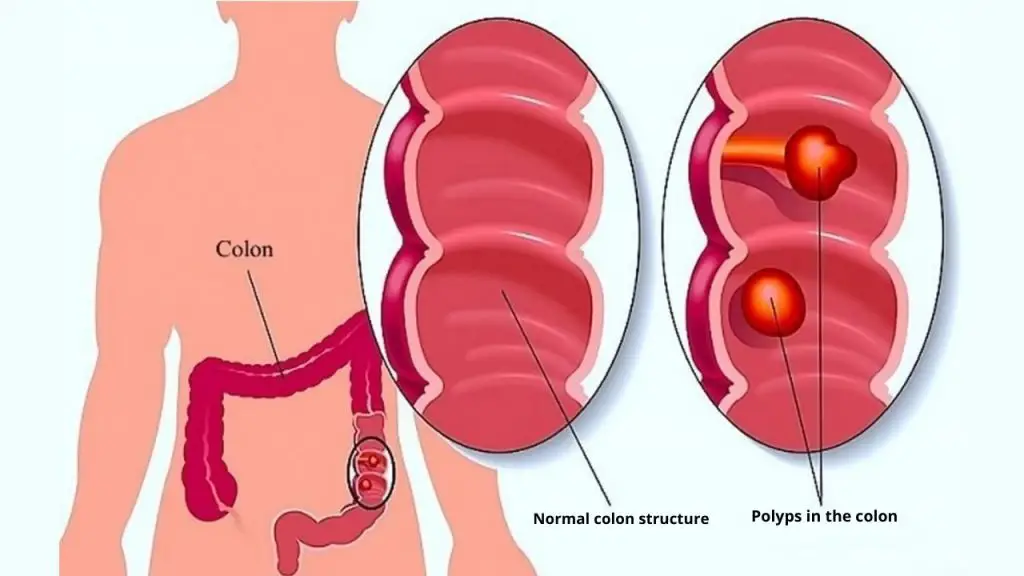Hemorrhoids vs polyps, hemorrhoids
The term “hemorrhoids” identifies a group of vascular structures belonging to the anal canal. When, for various reasons, they are swollen and inflamed, they become pathological and cause a syndrome known as hemorrhoidal disease.
In common parlance, the term hemorrhoids refers precisely to the hemorrhoidal disease. While the exact cause is unknown, a number of factors that increase intra-abdominal pressure, particularly constipation, are believed to play a role in their development.
Hemorrhoids can be “internal” and “external” and based on this they can present themselves differently. However, many people can have a combination of the two. Bleeding significantly enough to cause anemia is rare, life-threatening bleeding is even rarer.
Many people feel embarrassed about the condition and often seek medical attention only when the situation is well advanced. If not thrombotic, external hemorrhoids can cause a mild problem.
However, when there is thrombosis, they can be very painful with resolution typically occurring in more than 2 or 3 days.
The swelling may take a couple of weeks to disappear, and after healing a skin growth may remain. If they are large and cause problems with hygiene, they can cause irritation of the surrounding skin and itching around the anus.
Internal hemorrhoids usually present painless, bright red in color, and with rectal bleeding that occurs during bowel movements – a condition known as hematochezia.
Stool usually has a normal color. Other symptoms may include mucous discharge, a perianal mass if there is prolapse through the anus, itching and fecal incontinence. Internal hemorrhoids are usually painful only if they become thrombotic or necrotic.
Symptoms of pathological hemorrhoids depend on the location. Internal hemorrhoids usually present painless and with rectal bleeding, while external hemorrhoids can produce some symptoms and severe pain if thrombosis and swelling occur in the anus area.
The initial treatment for mild to moderate disease is to increase fiber and fluid intake to maintain hydration. NSAIDs (non-steroidal anti-inflammatory drugs) can temporarily be used for pain relief. In the most serious cases, surgery is done.

Polyps
When we speak of Hemorrhoids vs polyps, the latter is considerably different. Intestinal polyps or more simply “polyps”, we mean structures that determine reliefs of the intestinal mucosa and stomach of a mostly benign nature.
Some polyps (adenomas) can, if left in place and become very large, degenerate and become malignant. It is known that most of the malignant tumors of the intestine derive from initially benign polyps (adenomas).
The diagnosis of intestinal polyp, unlike hemorrhoids, requires endoscopic examination (gastroscopy or colonoscopy, through which biopsy can also be performed).
Polyps are often asymptomatic, that is, they do not give any symptoms, even for long periods, unlike hemorrhoids, especially external ones, whose symptoms are often manifest.
The diagnosis of polyposis is made only when the patient undergoes certain tests such as the search for occult blood in the stool, in addition to the endoscopic tests mentioned above.
Depending on the location and size, pain, blood in the stool and alterations of the bone may occur, up to intestinal obstruction. The therapy is surgical removal via endoscopy.






